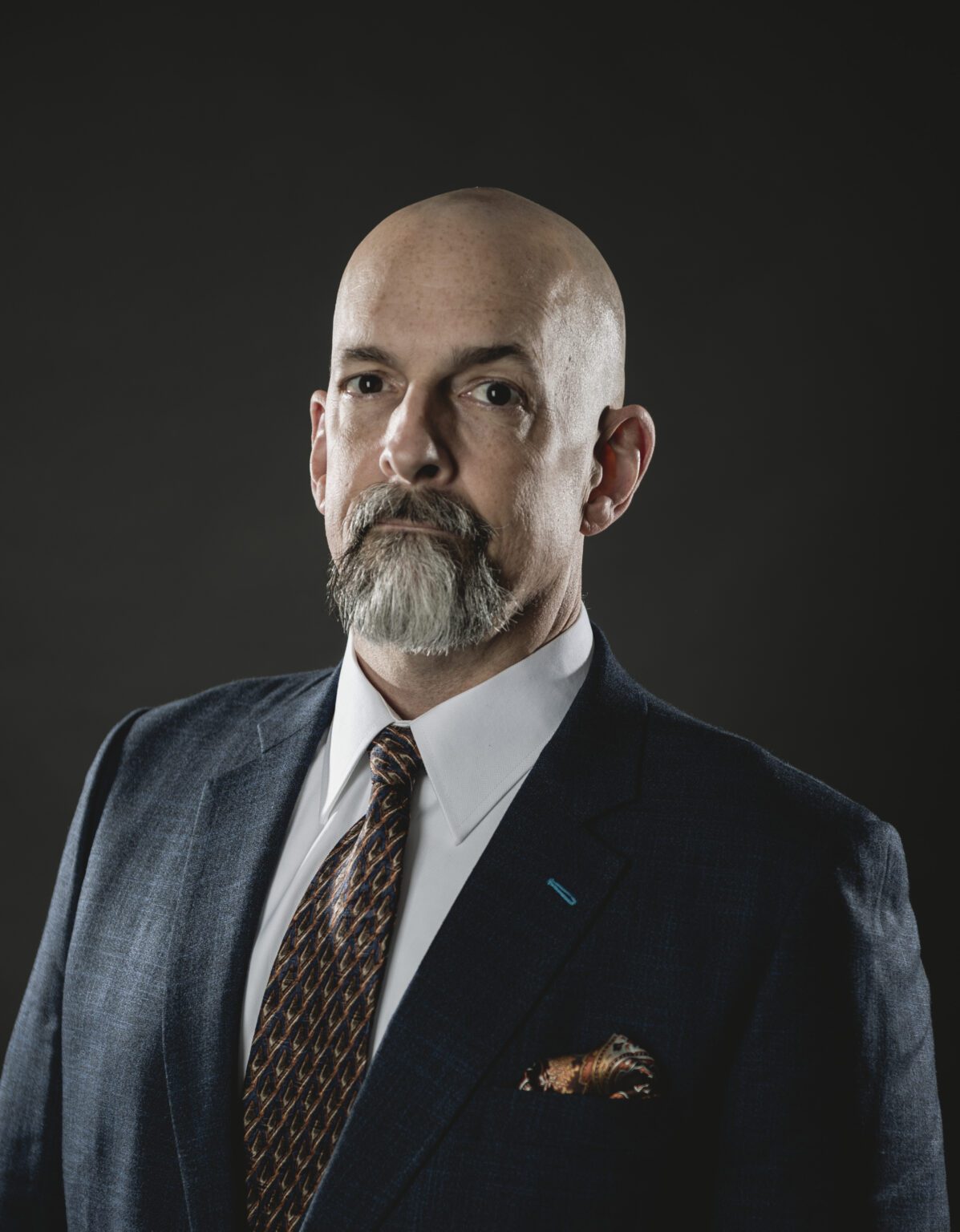Seattle-based writer Neal Stephenson, author of critically acclaimed and intricate novels such as “Seveneves” and “Anathem,” returns with a new offering — “Termination Shock.” Here’s a hint from the book’s dust jacket blurb: “Neal Stephenson’s prescient new novel transports readers to a near-future world in which the greenhouse effect has inexorably resulted in a whirling-dervish troposphere of superstorms, rising sea levels, global flooding, merciless heat waves, and virulent, deadly pandemics.”
This is that thing which has become known as “cli-fi,” climate change fiction, and you kind of wince because you can go down the list of disasters enumerated there and you have an awful feeling you can already check off a lot of them. We are in that “near future.” Science fiction meets reality and the collision leaves real wreckage in its wake.

Not the book. The book is the ship that carries you through this flotsam-and-jetsam-covered ocean. Through its intelligent and highly observant point of view, Stephenson shows us an entirely familiar world, populated by people who are not unlike ourselves. (Well, all right, one of them is the Queen of the Netherlands. But you know what I mean. They’re human, and they are battling circumstances much like our own.)
The author pulls no punches, and this new world has a political reality that has some real teeth — describing the immense engineering capacity that is struggling to keep up with the problems of a city like New Orleans squashed between the mighty Mississippi and the Gulf of Mexico, both of which can pack a wallop. The river, as Stephenson points out, is the equivalent of seven Rhines, and the spillway engineered to take the pressure off of the city of New Orleans routinely siphons off “two and a half Rhines” into Lake Ponchatrain. Stephenson says of this feat, “It was one of those insane statistics about the scale of America that had once made the United States seem like an omnipotent hyperpower and now made it seem like a beached whale.” Given that the opening blurb of this book calls it “prescient” that is a sobering sentence.
This is a book which has science (as in, would it in fact be possible to attempt to deal with climate change by firing a Texas-sized super-gun with liquid sulfur super-bullets into the atmosphere in order to achieve a cooling effect?), politics (what happens when it becomes politically expedient for parties who were virulently against any “geoengineering” to suddenly throw their weight behind such when it’s just one disaster too many — and is it possible to actually stage such disasters in order to precipitate that political change?), and enough catastrophe and triumph, both personal and global, to keep it trotting along at a good pace for the duration of its hefty 700-page story.
There may be some who might have wished for a more coherent resolution, but reality doesn’t ever have that kind of tied-with-a-bow ending and this book is “real” enough to feel as though it doesn’t get to have one, either. You can close it and continue with a choose-your-own-adventure existence — but you have been emphatically warned of the risks in doing so. The human stewardship of this unique world we have been gifted with has been sadly inadequate and now the bills may be coming due — and, as usual, in the best possible way, it is fiction that can be instrumental in sounding a claxon, of showing the crisis, of coating the bitter pills of reality with a layer of silver-tissue lies so that it is more easily internalized and perhaps gives it enough of a foothold in people’s consciousness that behaviors get subtly changed enough to keep the warning as just “fiction.”
If you live on planet Earth in the early years of the 21st century, “Termination Shock” should be required reading.





